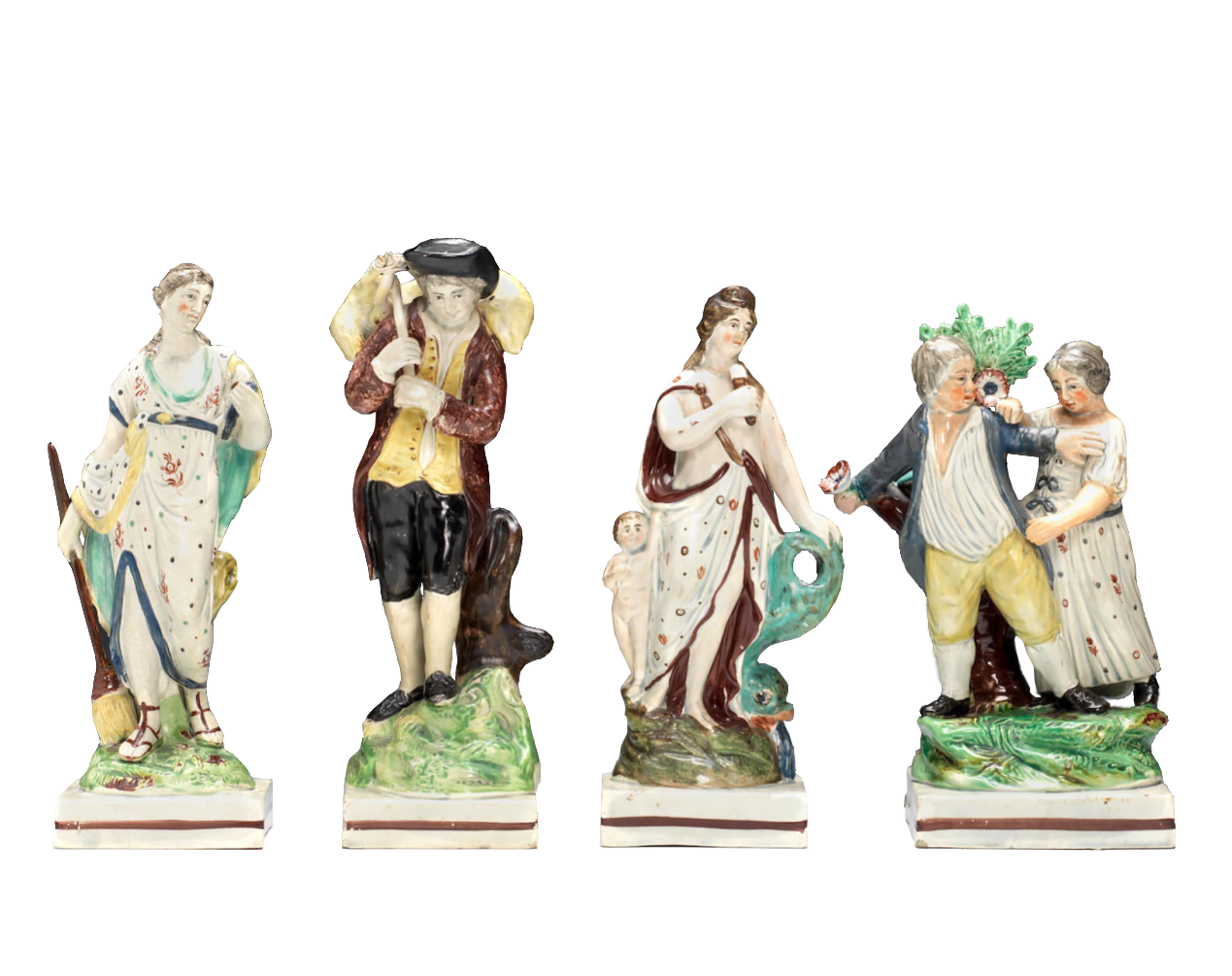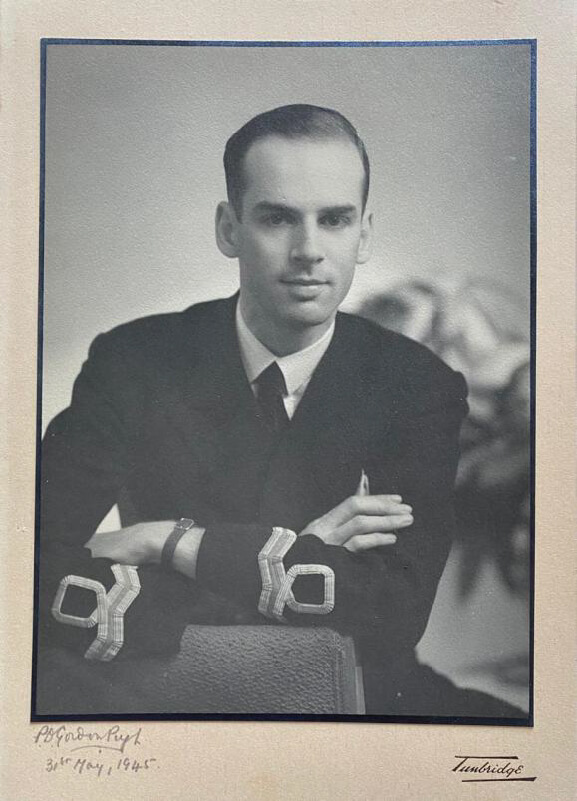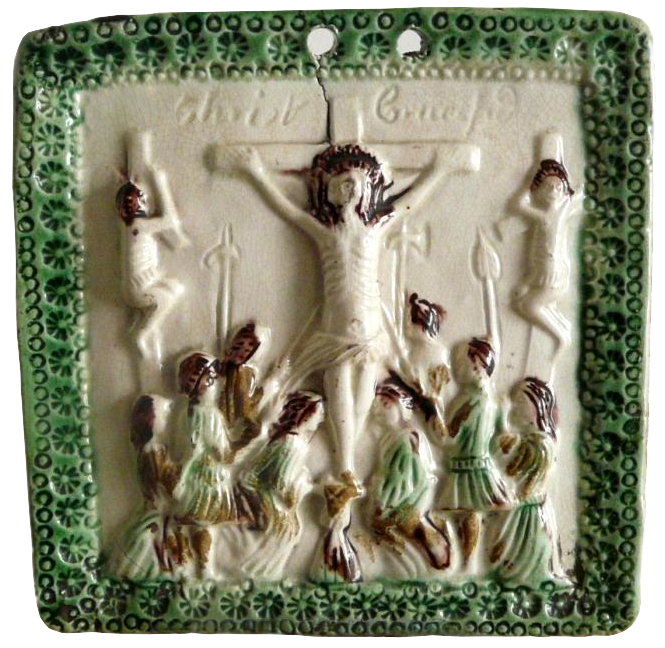In the late 18th century, few if any Staffordshire potters concentrated solely on the manufacture of figures. Core production revolved around creating popular lines of useful table and kitchen wares. Ornamental wares could bring a higher profit per item, but the numbers required by the customer were fewer. In addition, in a time of political unrest, military conflict and fluctuating economies, sales of luxury or unnecessary goods were volatile, and a pottery’s success was driven by sales of useful, necessary wares.
However, a number of enterprising pottery manufacturers managed to combine the production of useful wares with a range of ornamental goods including figures.
One of the most interesting of these potters is Ralph Wedgwood. On the sudden death of his father in 1788, Ralph had inherited two factories and seven dependent siblings. He gave up his own successful business of making glazes and enamel colours and took over his father’s business. For about 14 months he enjoyed the support of his brother Samuel, but Samuel died in January 1790 leaving Ralph to continue alone, running the potteries and supporting his younger brothers and sisters.
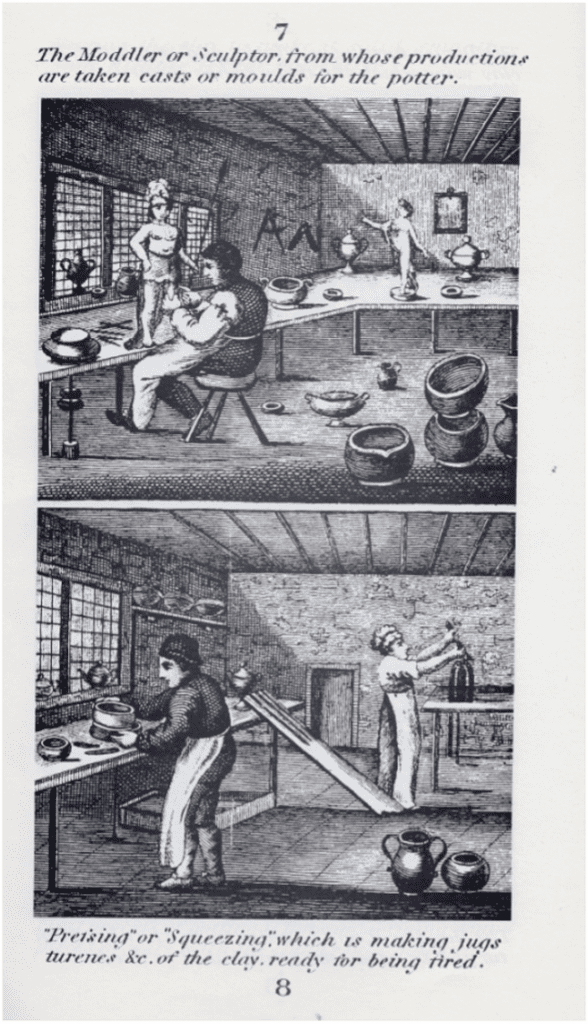
He seems to have been very successful and by 1791 he had opened a London showroom in St Paul’s Churchyard, the retail centre of the ceramic trade. On the 1 January 1793 he took out an insurance policy that shows how his empire was growing. The policy named a third pottery at Swan Bank, Burslem as well as 17 other commercial and residential premises. The appraisal for insurance purposes including potworks, workhouses, utensils and stock in the London Warehouse totalled £4,150, a significant sum in the 1790s. Then in February 1793, just a month after the insurance valuation, the military and political situation in Europe that had been gradually growing more tense, reached a critical point and France declared War on Britain.
One of the inevitable consequences of this was trade with Europe and with the USA was disrupted which proved disastrous for Staffordshire potters and many businesses failed. In The Sun newspaper of 24 September 1794, Ralph announced the closure of the London retail warehouse and in the extensive list of stock offered for sale were “large gilt, enamelled, and black Figures”. Ralph also disposed of his Swan Bank pottery, but continued production at the Hill Works and the Churchyard Works. But eventually the national economic decline claimed him as a casualty and in 1797 he was declared bankrupt. In the depressed market none of his remaining properties were easy to sell and it wasn’t until 1798 that they were “Peremptorily Sold”. By this time, he had joined Messrs Tomlinson & Co as a partner in the Ferrybridge Pottery in Yorkshire, this lasted for 30 months, and from 1 January 1801 Ralph was no longer involved in pottery making.

Although figures may have been a small part of his business, a number of marked examples have survived and illustrate the range of work he was producing. Ralph used two marks on his figures, one is a simple impressed WEDGWOOD, sometimes with a full stop, and the other, also impressed, is WEDGWOOD & CO.
There has been much speculation about whether these represent Ralph’s Burslem productions, or perhaps his later phase at Ferrybridge Pottery. Yorkshire ceramic historians say that as far as is known, figures were never made in Ralph’s period at Ferrybridge, in addition archaeological excavations on the Ferrybridge site have so far not revealed fragments of any kind with the impressed WEDGWOOD & CO mark. Therefore, the preponderance of opinions is that the figures were made by Ralph at Burslem 1788-98.
Most of the recorded Ralph Wedgwood figures are of the popular subjects made by other potters such as the Wood family of Burslem and James Neale & Co of Hanley, and include a range of classical, biblical and bucolic subjects like those illustrated below. But as well as the standard range of mantelpiece sized figures, Ralph also made some extremely fine large figures and groups that must have been used as focal points in interior decorating schemes.


The figure of Prudence standing over 20 inches high was likely available as an individual model or with a companion figure of Fortitude; they were two of the cardinal sins and were popular subjects in many media. This example has two impressed marks on the back of the plinth, the potter’s name WEDGWOOD and the subject title PRUDENCE, they are a little difficult to see as they are somewhat camouflaged by the enamel decoration. It is likely that the modelling of these fine figures would have been done by factory craftsmen, using plaster sculptures as a source. Many fashionable London sculptors supplied small, medium, and large statues and busts in various materials to decorate the grand houses and gardens of the wealthy. The least expensive of these were made of plaster and they were available from a number of suppliers in London.

The 1777 catalogue of plasters available from Charles Harris included both Prudence and Fortitude standing 23in high. They cost £2.12sh. 6d each (£2.63p) which was more than the average pottery craftsman’s wage but probably cheaper than paying an artist to work from scratch.
Other large figures include a model of the Farnese Flora, so called because it is based on a classical sculpture that formed part of the legendary renaissance collection begun by Cardinal Farnese. The celebrated sculpture was copied many times and in many materials throughout the ages. Again, it is likely that Ralph’s was inspired by a plaster version; the painted plaster example seen below is by John Cheere and dates to about 1760. Later editions were produced by his successors in business and by other plaster makers. Ralph’s enamel painted Flora stands 19.25 in high and the underside of the base has the less commonly found impressed mark WEDGWOOD & CO.
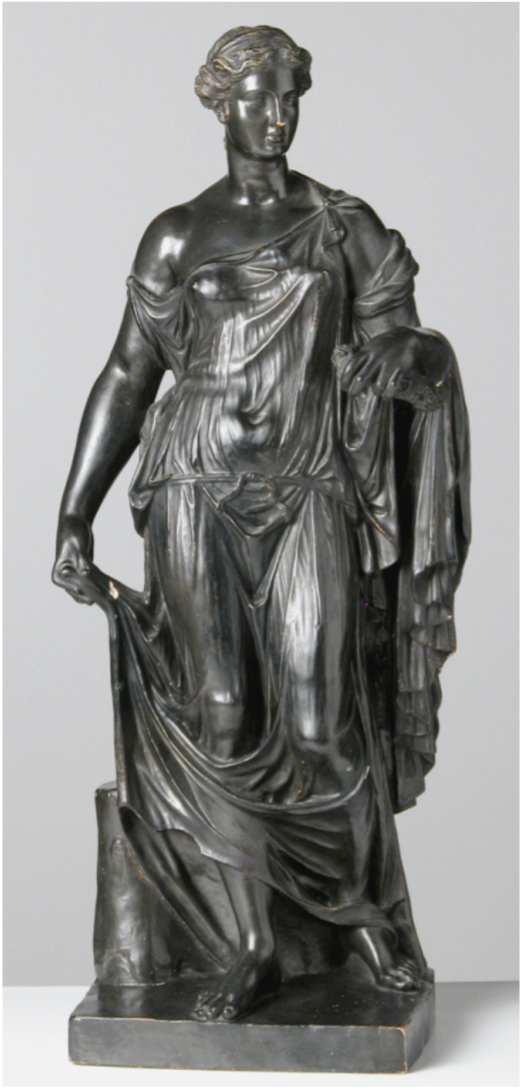


Not so tall but on a base with a diameter of 16.3 inches, is a wonderful group of two cupids fighting over a heart on the ground. A popular subject in neoclassic sculpture, again it is likely that it was modelled from a plaster version adapted from one of the many marble editions.
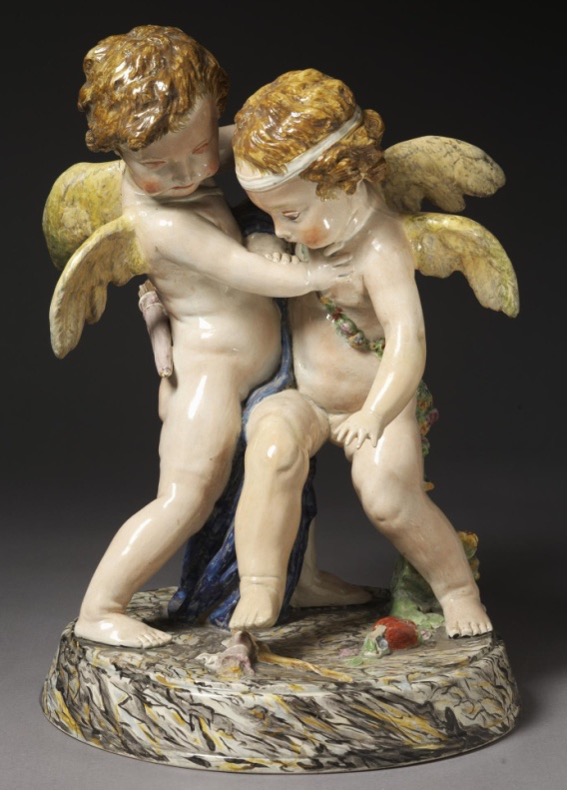

Wherever Ralph Wedgwood got his inspiration for figure models, whether from fashionable sculptures, popular porcelains or from his figure making contemporaries in Staffordshire, he was able to make a range from small, relatively affordable models to large refined subjects which must have been quite expensive. I would like to say he made models from A-Z but although we know he made Apollo, we have no recorded example of Ralph Wedgwood making a version of Zingara.
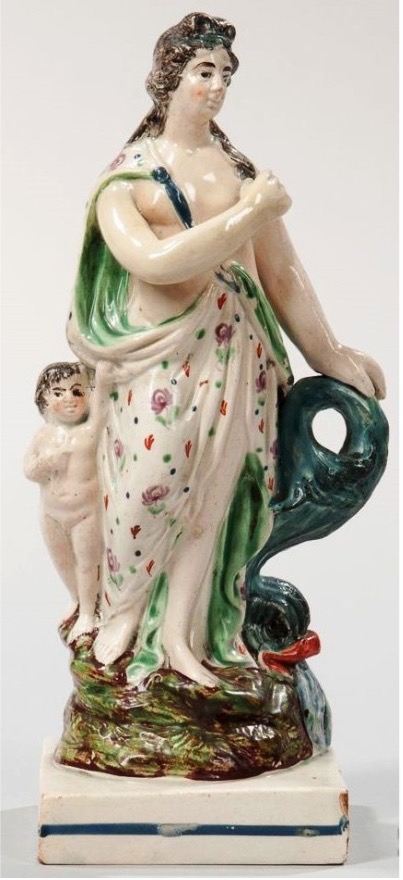

Pat Halfpenny served as Keeper of Ceramics at the City Museum & Art Gallery, Stoke-on-Trent from 1980 until 1995 when she left England to become Curator of Ceramics & Glass at Winterthur Museum, Delaware, USA. In 1998 she was appointed Director of Museum Collections and retired from Winterthur in 2009, she currently holds the title Curator Emerita, Ceramics & Glass, Winterthur Museum. Pat is Chair of the Northern Ceramic Society, and a committee member of Friends of Blue. As an independent researcher, Pat continues to curate, write, lecture, and contribute to websites about ceramics. She has written several books including English Earthenware Figures.
This article was originally published in the Spring 2020 Staffordshire Figure Association members newsletter, following a paper read by Pat Halfpenny at Kensington Central Library, London on 6 December 2019. You can read, download and print Pat’s paper below.


